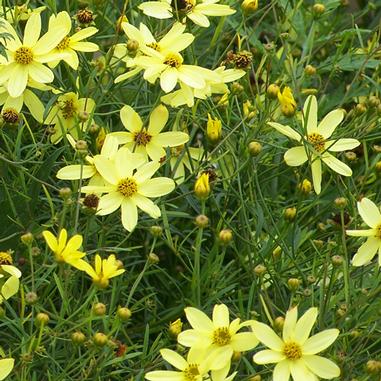Suspended, like an oversized yoyo, the moon seemed to bob just above the horizon – glowing and golden. As evening melded into night, the moon raced across the sky towards dawn, shrinking in size and fading in color as if it began to freeze and ice over.
Today, January 31, 2018, presented somewhat of a lunar miracle. The Super Blue Blood Moon graced our skies this morning for the first time in more than 150 years! Experts referred to it as a lunar trifecta!
- The moon was closer to earth in its orbit and 14% brighter than usual.
- It was the second full moon of the month, commonly referred to as a Blue Moon.
- It passed through earth’s shadow for a total lunar eclipse.
An amazing event indeed, but did you know moon phases have acted as guides to early and modern people alike? They are widely considered to govern water on earth – like tides.
Technically, it is not the gravitational pull of the moon that controls tides, but rather, the moon pulls water upwards, while the earth pulls downwards. When the sun, moon and earth are perfectly aligned, the gravitational pull of the sun becomes a factor and thus creates maximum tides.
It’s because of the moon’s ability to pull moisture upwards that many farmers and gardeners have used the different phases of the moon to plant and harvest by.
It is thought that a New Moon creates optimal conditions in which to plant above ground crops that produce their seeds outside the fruit, like lettuce, cabbage, broccoli, and grains. As the New Moon pulls water upwards, seeds swell and burst while the increasing moonlight aids in balanced root and leaf growth. Lawns should be mowed during the first and second quarters to help increase growth.
Second quarter moons, which include Full Moons, are thought to be an excellent time to plant above ground crops that produce their seeds inside the fruit, like beans, tomatoes, melon and squash. Although the gravitational pull lessens during this time, moonlight is strong, which creates strong leaf growth. It is best to plant two days before the full moon for best results.
Waning moons mean higher gravitational pulls and less moonlight. Because of this, more moisture is pulled down into the soil; thereby, creating an ideal time to plant root crops, like carrots, onions and potatoes. It is also thought to be an excellent time to plant bulbs and perennials in addition to transplanting because of active root growth.
Fourth quarter moons produce less gravitational pull and moonlight and is considered the best time to cultivate, harvest and prune. It is generally considered a time of rest.
There are many fine sites out there that offer more detailed assistance, including calendars and tips. The Farmer’s Almanac is a great place to start. Have moon gardening experience or tips to share? Please reach out to Sweeney’s. We’d love to hear from you and see your pics of the Super Blue Blood Moon.
Plant of the Week


Photos of Moonbeam Coreopsis courtesy of Midwest Groundcovers
Moonbeam Coreopsis
Buttery yellow, daisy-like flowers bloom June – October amongst fine, lacy foliage. Grows in a spreading clump 12-18″ tall and 12-18″ wide. Prefers full sun and dry soil. Attracts pollinators and is drought tolerant and deer resistant.
“Look how the pale queen of the silent night
Doth cause the ocean to attend upon her…”
-Charles Best
Warm wishes,
Kim Sweeney

Really informative content.
What is the best time to dig potatoes